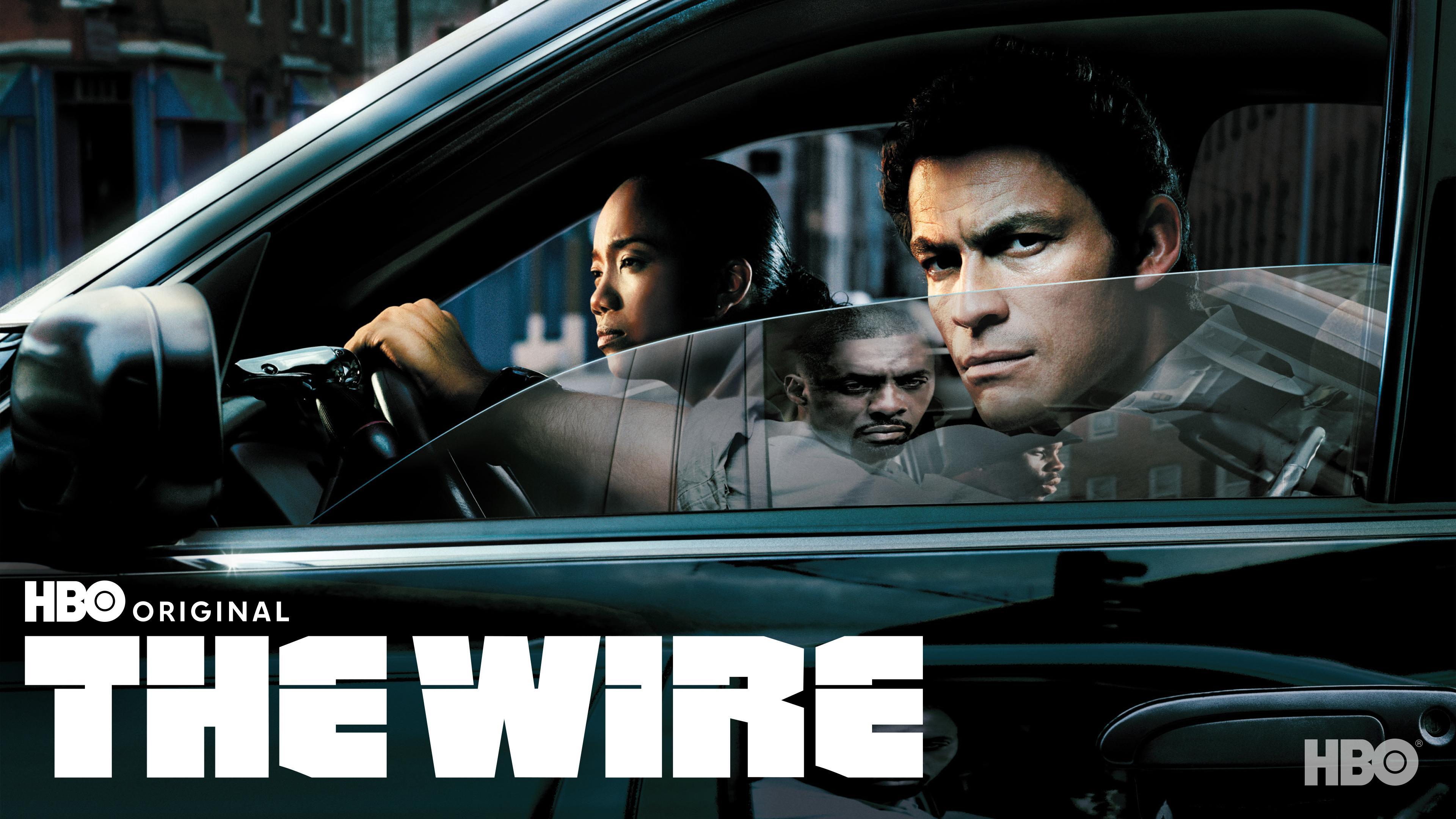
The Realism of The Wire How the Show Captured Baltimores Streets
The HBO series "The Wire" remains one of the most critically acclaimed television shows in history, known for its raw and realistic portrayal of urban life, particularly in Baltimore, Maryland. Created by David Simon, a former police reporter, the series transcended typical crime drama conventions by delivering a nuanced look at the interplay between the various institutions that make up city life such as law enforcement, education, politics, and the drug trade. As viewers watched the compelling narratives unfold, they were also treated to a strikingly authentic depiction of Baltimore's streets and its complex social fabric.
Authenticity in Storytelling
One of the hallmarks of "The Wire" is its commitment to authenticity. The writers' attention to detail in representing the lives of the residents of Baltimore shines through every episode. David Simon, along with a team of writers including Ed Burns, infused the stories with real experiences, often drawing from their own insights and interactions within the city. The show didn't shy away from showcasing the harsh realities faced by the city’s underprivileged communities; instead, it shined a light on systemic issues such as poverty, addiction, and institutional failure. This dedication to authentic storytelling is fortified by the use of non-professional actors who lived and grew up in Baltimore, adding depth and realism to the characters they portrayed.
The Wire and Baltimore's Streets
Baltimore itself functioned as a character within the series. From the bleak, graffiti-laden alleyways to the desperate and desolate urban neighborhoods, the visual storytelling highlighted the socio-economic divides that existed. The way the show handled its cinematography—often opting for long takes and natural lighting—immersed viewers in the gritty reality of the city. Iconic locales, such as the notorious "The Wire" store featured in the series, became synonymous with the show and drew attention to actual businesses and community aspects of Baltimore. The store served as a microcosm of the drug trade depicted throughout the series, symbolizing the challenges faced by many young African Americans trapped in a cycle of violence and poverty.
Cultural Impact and Community Engagement
The cultural footprint of "The Wire" extends beyond its captivating storytelling. The series pushed forward conversations about urban unrest, the impact of systemic racism, and the challenges of policing. It resonated with not just viewers in Baltimore but across the United States and around the world. Community advocates and social scientists have praised the show for sparking discussions about important issues in urban areas, many of which remain unaddressed. As a result, "The Wire" has become a reference point in sociological studies, illustrating real-life consequences stemming from institutional neglect.
The Legacy of The Wire
Ultimately, "The Wire" has cemented its legacy as not just a television show but as an essential commentary on the realities of life in American urban settings. Its portrayal of Baltimore’s streets has become ingrained in the public consciousness, serving as a stark reminder of the issues affecting society today. The ongoing recognition of the show, whether through academic studies or cultural discussions, reflects its profound impact. Its ability to capture the essence of Baltimore is a testament to the show's enduring significance and proof of how art can lead to greater understanding and dialogue about societal challenges. Whether reminiscing about the iconic scenes or visiting “The Wire” store, the show's reality will always remain a vivid thread in the tapestry that is Baltimore.









